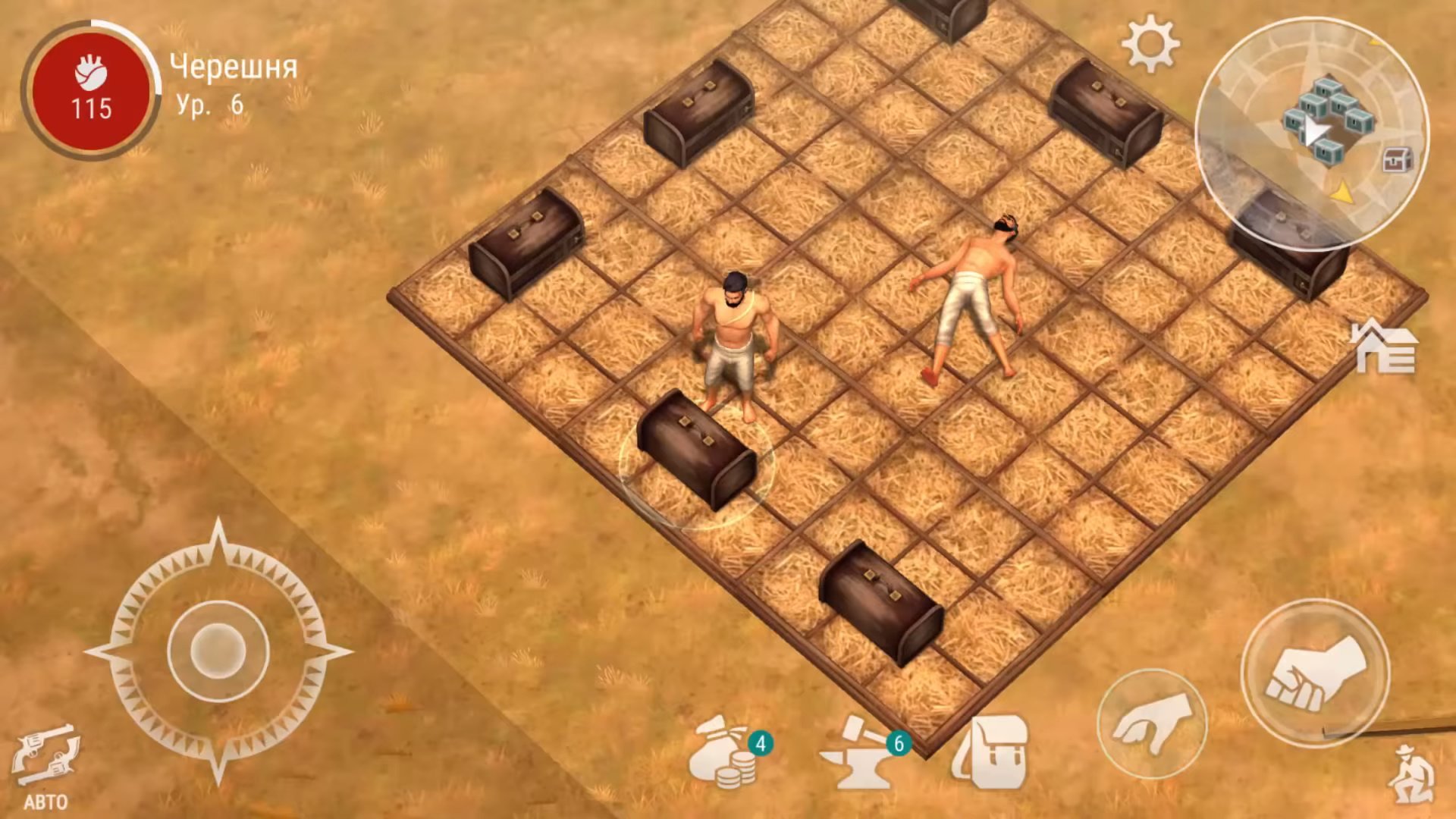


The challenge? Finding enough people to do the surveying. Ash make up 7% to 10% of northern New York's state forests and are one of the most common species in urban areas, so finding ash to survey won’t be a problem. One such effort is an initiative to create a publicly available visual database of ash trees in towns and villages. Lawrence County Emerald Ash Borer Task Force and other local partners are working on efforts to monitor and slow the spread of EAB in the region. But everyone has the same question – isn’t there anything we can do to protect some of the ash trees? Treatments through pesticide application can be used to protect individual trees, but aren't a viable solution on a larger scale. For years landowners have been targeting ash trees on their property for early removal in preparation for this reality.

Infested trees can die in 1-3 years, and are at risk of falling on homes and powerlines. Lawrence County in August 2017, is poised to devastate local ash populations. This invasive wood-boring beetle, confirmed in St. When it comes to emerald ash borer (EAB), it’s never too soon to raise the alarm. Fast forward a few years, and the tree will be at risk of falling on your home or electric wires, and no birds will be nesting in its branches. It’s a pretty picture, until you learn that emerald ash borer larvae ( Agrilus planipennis) are slowly destroying this tree, eating away the layer just under the bark. You hear birds sing too a pair of robins is nesting again in one of the upper branches. You look out your window on a mid-summer day: the sun filters through the full, bright green leaves on the big ash tree in your yard, making patterns that dance across your floor.


 0 kommentar(er)
0 kommentar(er)
